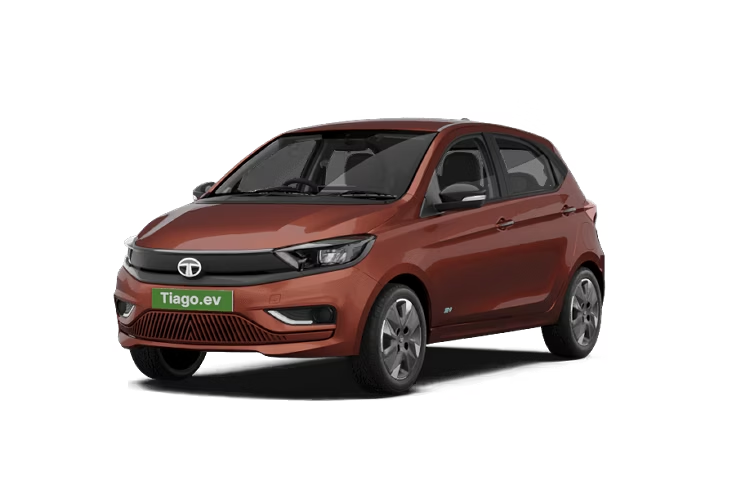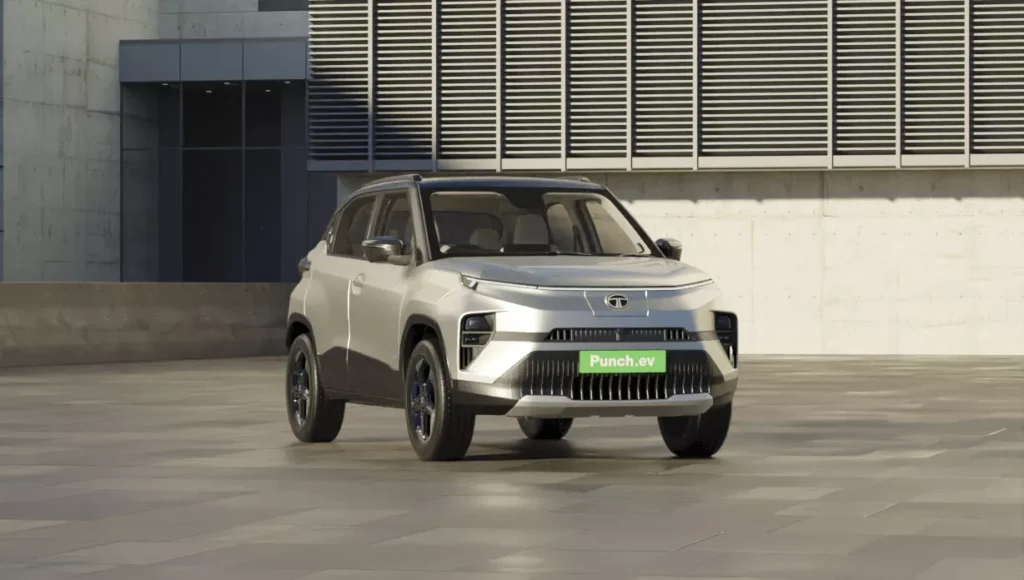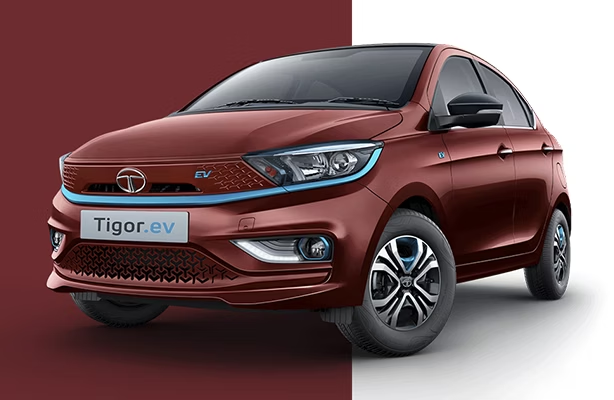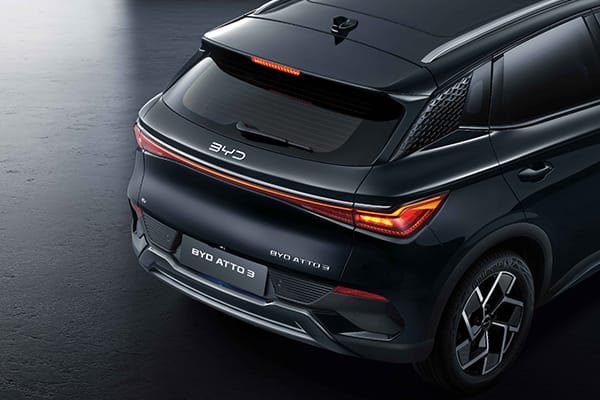Electric vehicles (EVs) are rapidly changing the automotive landscape in India, offering clean alternatives and growing more affordable with each passing year. 2025 sees Indian buyers spoiled for choice, but when the question is “What’s the Cheapest Electric Cars India 2025?”—Tata and BYD consistently top the shortlist. This detailed review compares these two brands head-to-head, considering price, specs, features, and what fits Indian expectations best.
Why Affordable EVs Matter in India
High petrol and diesel prices, government incentives like road tax rebates, and rising eco-awareness are propelling India’s EV boom. The country’s youth, daily commuters, and cost-conscious families are especially inclined toward budget-friendly EV options, helping accelerate adoption across metros and emerging Tier-2 and Tier-3 cities. Tata Motors, a homegrown giant, leads this market for affordable EVs, while BYD—a global player—offers sophisticated alternatives that start slightly higher on the price ladder. How effectively do Tata’s affordable electric vehicles stand up against BYD’s technologically advanced models in the Indian market? Find out now.
Explore EV cars in India under 10 Lakhs 2025.
Price and Key Models (2025)
Tata’s Mainstream EVs (Cheapest-First)
| Model | Ex-Showroom Price (2025) | Range (Claimed) | Battery | Segment |
| Tata Tiago EV | ₹7.9–9.9 lakh | Up to 315 km | 19.2/24 kWh | Hatchback |
| Tata Punch EV | ₹10.9–12.9 lakh | 315–425 km | 25/35 kWh | Compact SUV |
| Tata Tigor EV | ₹12.5 lakh | 315 km | 26 kWh | Sedan |
BYD’s Entry-Level Offering
| Model | Ex-Showroom Price (2025) | Range (Claimed) | Battery | Segment |
| BYD Atto 3 | ₹24.99–33.99 lakh | 521 km | 60.48 kWh | SUV |
Note: BYD’s Atto 3 is currently its most affordable model for Indian buyers, while Tata covers the real entry-level ground. BYD’s Seal and premium models aren’t considered “budget EVs” for most buyers.
Tata vs BYD: Cheapest Electric Cars India 2025 Price Comparison
- Tata dominates the budget EV market: Its Tata Tiago EV starts at just ₹7.9 lakh, making it the genuine entry-point for new EV adopters.
- BYD Atto 3 starts much higher, from ₹24.99 lakh, focusing on a premium experience but still being BYD’s entry-level model.
- For value-minded families and first-time buyers, Tata’s models are unmatched on price—even undercutting other budget brands such as MG and Citroen EVs.
Features and Performance: Head-to-Head
1. Tata Tiago EV

- Price: ₹7.9–9.9 lakh
- Range: Up to 315 km (ARAI, Long Range model)
- Battery: 19.2 kWh (Medium), 24 kWh (Long Range)
- Charging: Using a DC fast charger, you can replenish the battery from 10% to 80% in about an hour, while charging fully with a standard home AC outlet typically takes around nine hours.
- Notable Features: Dual drive modes (City, Sport), 7-inch touchscreen, connected car tech, practical hatch design
- Best For: City commuters, students, budget buyers
- Downsides: Compact boot, modest power
2. Tata Punch EV

- Price: ₹10.9–12.9 lakh
- Range: Up to 425 km (Larger battery pack)
- Battery: 25 kWh / 35 kWh
- Charging: CCS2 port, DC fast charging (~1 hour)
- Unique Points: Compact SUV stance, 190mm ground clearance, premium cabin
- Best For: Indian roads, urban and semi-urban families
3. Tata Tigor EV

- Price: ₹12.5 lakh
- Range: 315 km (26 kWh)
- Charging: DC fast charging or regular home charging
- Best For: Small families, city-office users wanting sedan form factor
- Safety: 4-star Global NCAP (from ICE version)
4. BYD Atto 3

- Price: ₹24.99–33.99 lakh
- Range: 521 km (ARAI)
- Battery: 60.48 kWh
- Charging: Home AC (9.5–10 hours), fast DC charging supported
- Best For: Tech-focused buyers, those with higher budgets wanting global quality and more range
- Downsides: Entry price significantly above Tata’s entire EV lineup
Real Ownership & Maintenance Costs Cheapest Electric Cars India 2025
Tata
- Running Costs: Operating expenses are minimal, with electricity costs averaging under ₹1 per kilometer.
- Service/Spare Parts: Tata’s vast network and low-cost spares make ownership affordable and easy across most of India
- Government Incentives: Qualify for most state/central EV subsidies, reducing overall effective cost
BYD
- Running Costs: Still cheap to run, but higher upfront investment, insurance, and (potentially) maintenance costs
- After-Sales: BYD’s network is growing but not yet as widespread as Tata’s
- Incentives: May be limited for higher-priced models, depending on state policy
Pros and Cons: Tata vs BYD Cheapest Electric Cars India 2025
| Factor | Tata Tiago/Punch/Tigor | BYD Atto 3 |
| Affordability | ★★★★★ | ★★☆☆☆ |
| Range | ★★★☆☆ (200–425 km) | ★★★★★ (521 km) |
| Charging Network | ★★★★☆ (good support) | ★★★☆☆ (growing) |
| Features/Tech | ★★★★☆ (very good, improving) | ★★★★★ (premium) |
| Practicality | ★★★★★ (city, small family) | ★★★★☆ (SUv, premium family) |
| Status/Luxury | ★★★☆☆ | ★★★★★ |
Which One Should You Choose?
- On a strict budget Cheapest Electric Cars India 2025?
Tata Tiago EV is India’s cheapest genuine EV and delivers what’s promised for just about any city commuter or first-timer. - Need more comfort and features for the family?
Tata Punch EV and Tigor EV balance price, practicality, and cabin space—best for family buyers who want “more car” without breaking the bank. - Want all the tech and maximum range?
BYD Atto 3 is the SUV to aspire for—521 km range, stunning looks, global safety and features, but at a premium price that puts it out of reach for true “budget EV” seekers. - Long-term reliability, low maintenance, and resale?
Tata remains a safer bet in Tier 2–3 cities and towns, with robust service access and economical repairs.
Expert Tips Before You Buy
- Claim incentives: Ensure your preferred car and state provide subsidies—this can heavily offset upfront costs.
- Test drive all the options—features and driving feel matter more than ever in city traffic.
- Research charging in your locality: While public charging is catching up, home charger access is crucial for worry-free ownership.
- Compare insurance: It can vary a lot, especially as values and tech differ between Tata and BYD.
Conclusion
India’s EV industry is experiencing a wave of innovation and rivalry like never before in 2025. Although BYD stands out thanks to its cutting-edge technology and remarkable driving range, the Atto 3 is priced for customers with higher spending power. In contrast of Cheapest Electric Cars India 2025 Tata’s Tiago, Punch, and Tigor EVs have made electric mobility more accessible to a broader segment of Indian buyers electric mobility, offering practical, affordable, and well-supported options—making them India’s true “people’s EVs.” For the most cost-conscious, Tata remains unbeatable in value, whereas BYD appeals to those investing in long-term comfort and tech-savvy features.
Sources:
CARS24 Cheapest Electric Cars India
CarDekho BYD Atto 3 vs Tata Nexon EV Comparison
BYD Prices and Features
(Always verify latest ex-showroom and on-road prices in your city, as deals and incentives vary.)

